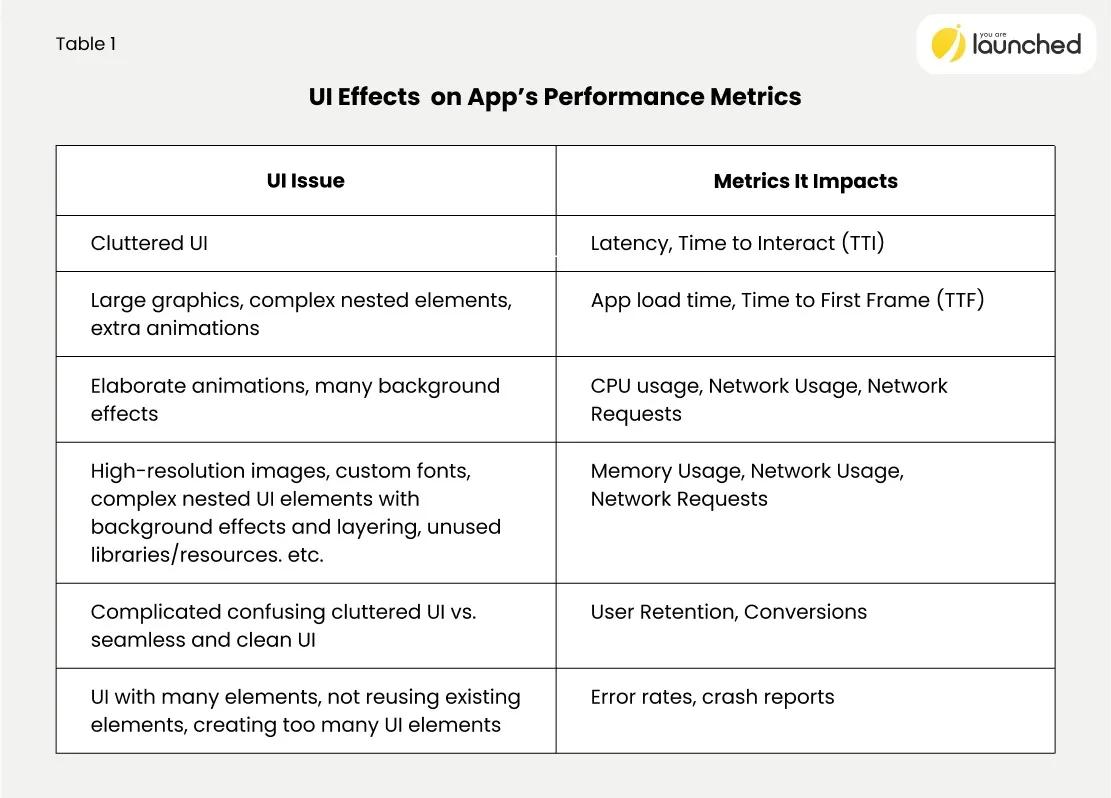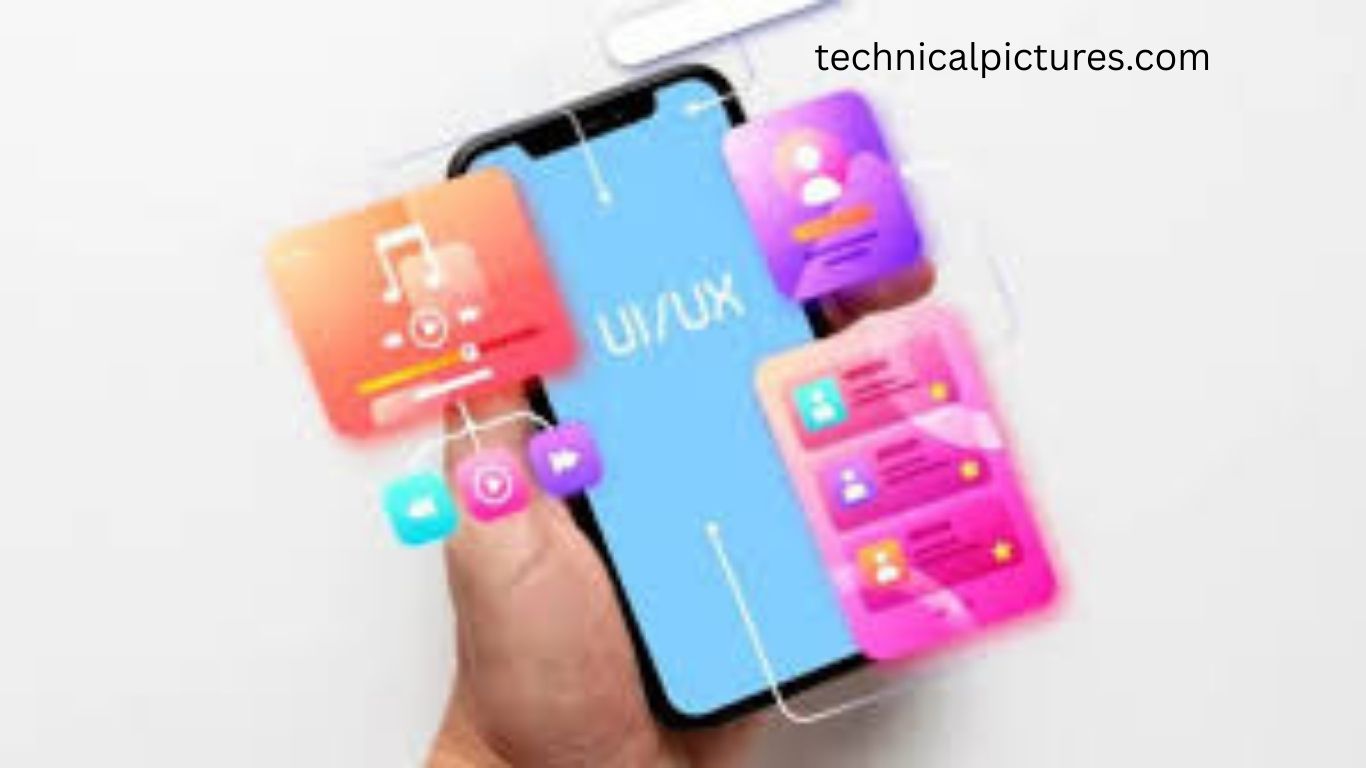In today’s mobile-first world, design can make or break an app’s success. Competition is fierce, and with millions of apps available, users have become highly selective about what they download and keep on their phones. A poorly designed interface, no matter how feature-rich the app, can quickly push users to uninstall it.
Think about how far we’ve come. In the late 1990s, early booking websites looked like simple HTML pages, with little thought for design. Fast-forward to today, and an app with a similar look would be dismissed as untrustworthy or outdated. This is why mobile UI design is no longer optional—it’s essential. Even a minimum viable product (MVP) should meet modern design expectations if it wants to gain traction.
Read More: Top 100 Most Downloaded Mobile Games Ever: 2025 Ranking
This article explores what sets UI apart from UX, then dives into 10 best practices for mobile UI design, from timeless design principles to cutting-edge trends.
UI vs UX: Why Both Matter

Many confuse User Interface (UI) with User Experience (UX). While closely related, they serve different purposes:
- UI is about the look and feel: colors, typography, buttons, icons, animations, and overall visual appeal.
- UX is about functionality and flow: how easy it is for users to navigate, interact, and complete tasks within the app.
Mobile UI Design Practices
Embrace Flat Design
Flat design remains one of the most effective UI strategies. It focuses on simplicity, clean shapes, and minimal textures, making interfaces faster, lighter, and easier to navigate. Unlike skeuomorphism—which mimics real-life objects with shadows and textures—flat design emphasizes clarity and efficiency.
Why it works:
- Boosts performance and speed by reducing heavy graphics.
- Creates a modern, clutter-free look that appeals to users.
- Enhances readability and usability.
A modern twist, Neumorphism, combines flat design with subtle shadows and depth, adding a polished feel while keeping performance optimized.
Dark Mode Design
Dark mode isn’t just a passing trend—it’s now a native feature in most devices. Studies show that 80–95% of users prefer dark mode, making it crucial for UI designers.
Key benefits:
- Reduces eye strain during prolonged screen use.
- Saves battery life, especially on OLED screens.
- Adds a premium aesthetic, often associated with luxury and elegance.
Pro tip: Avoid pure black backgrounds; instead, use dark grey tones for better readability. Always test readability, especially in text-heavy apps, and apply contrast accessibility guidelines.
Apply Glassmorphism
Glassmorphism is a rising trend that combines frosted glass effects, transparency, and layered depth. It works especially well with dark mode, adding a colorful, modern dimension to UI design.
Why designers love it:
- Makes screens look more dynamic and engaging.
- Helps maintain consistency between light and dark modes.
- Adds depth and sophistication without overwhelming users.
This technique works best when paired with bold backgrounds and vibrant gradients.
Use Asymmetrical Layouts
For years, apps relied on strict grid structures. While effective, they can feel predictable. Modern UI design often incorporates asymmetry, creating visual interest while guiding users’ attention.
Benefits of asymmetry:
- Highlights key features or calls-to-action.
- Creates a more dynamic, magazine-style look.
- Breaks monotony while maintaining balance.
However, balance is key—poorly executed asymmetry can confuse users instead of helping them.
Optimize Loading Experiences
Loading times significantly influence user satisfaction. Instead of showing a blank screen, smart UI design includes:
- Skeleton screens: placeholders that give users a sense of progress.
- Animations or micro-interactions: engaging visuals during load times.
- Feedback elements: progress bars or percentage indicators.
These small details make waiting less frustrating and keep users engaged.
Use Heatmaps and A/B Testing
Good design is not just about creativity—it’s about data-driven decisions. Tools like heatmaps show where users tap, scroll, or hesitate. Combined with A/B testing, designers can refine UIs to match real behavior.
Why it matters:
- Prevents wasted design efforts.
- Helps optimize conversion points like sign-ups or purchases.
- Improves long-term retention through continuous refinement.
Design for Inclusivity
Accessibility is no longer optional. Mobile apps should cater to people with diverse abilities, ensuring inclusive design for all users.
Best practices:
- Use high-contrast text for readability.
- Provide alternative text for icons/images.
- Ensure buttons are large enough to tap easily.
- Follow WCAG accessibility standards.
An inclusive UI not only broadens your audience but also demonstrates social responsibility.
Prioritize Touch-Friendly Design
Unlike desktop UIs, mobile apps rely heavily on touch. Designing for touch means considering finger size, spacing, and gesture interactions.
Tips for success:
- Ensure tap targets are at least 44×44 pixels.
- Avoid placing clickable elements too close together.
- Support intuitive gestures like swipes and pinches.
- A smooth, touch-friendly UI creates effortless navigation and prevents user frustration.
Leverage Contrast Effectively
Contrast is one of the simplest yet most powerful design principles. Good contrast ensures text is legible, visuals stand out, and users can quickly identify key actions.
Rules of thumb:
- Use contrasting colors for text and backgrounds.
- Highlight primary CTAs with bold colors.
- Follow accessibility guidelines to ensure visibility for color-blind users.
- Contrast isn’t just functional—it also sets the emotional tone of the app.
Add Meaningful Animations
Animations, when used thoughtfully, can make UI interactions feel smoother and more intuitive. From button transitions to micro-animations, they provide feedback, guide attention, and add delight.
Examples:
- A button slightly bouncing after being pressed.
- Smooth screen transitions for a natural flow.
- Animated progress bars showing task completion.
The key is moderation—animations should enhance, not overwhelm.
Choosing the Right Practices
Not every trend will suit every app. For instance, a finance app may prioritize contrast and inclusivity, while a lifestyle app might focus on animations and asymmetry. The best approach is to align UI design with brand identity, user needs, and long-term functionality.
Frequently Asked Questions:
What is the difference between UI and UX in mobile apps?
UI (User Interface) focuses on the visual design and aesthetics, while UX (User Experience) ensures smooth functionality and navigation. Both are essential for a successful app.
Why is flat design popular in mobile UI?
Flat design simplifies visuals, improves performance, and enhances readability, making apps faster, cleaner, and more user-friendly.
Is dark mode necessary for mobile apps?
Yes. With up to 90% of users preferring dark mode, it improves eye comfort, saves battery, and gives apps a premium look.
What is glassmorphism in UI design?
Glassmorphism uses transparency, blur, and layered effects to create depth and a modern, polished interface that works well in both light and dark modes.
How do asymmetrical layouts improve app design?
Asymmetry creates visual interest, draws attention to key features, and makes the layout feel dynamic without overwhelming users.
Why are loading elements important in UI?
Loading animations, skeleton screens, and feedback reduce frustration during wait times and improve overall user experience.
How do heatmaps and A/B testing improve UI design?
They provide data-driven insights on user behavior, helping designers refine layouts, CTAs, and interactions for better performance.
Conclusion
Mobile UI design is no longer just about creating a visually attractive interface—it directly impacts usability, trust, and long-term success. From flat design and dark mode to inclusive accessibility and meaningful animations, these best practices ensure that apps not only look modern but also perform efficiently and meet user expectations. By combining creativity with functionality, designers can craft mobile experiences that feel seamless, intuitive, and engaging. The key lies in finding the right balance: aligning design trends with user needs, business goals, and brand identity.

